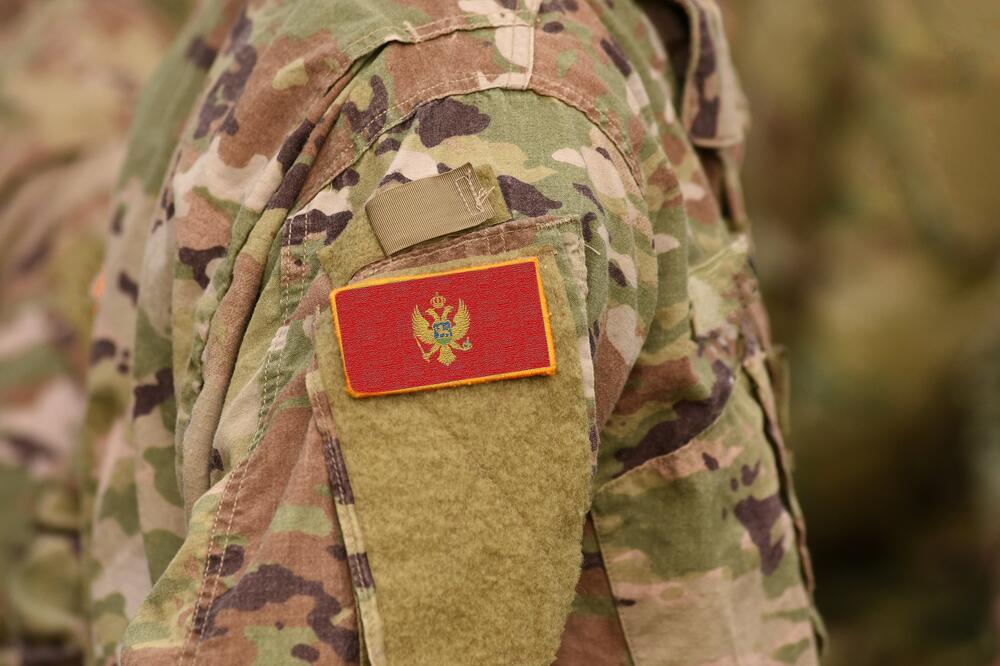Montenegro is in second place in the region in terms of the number of female professional soldiers in the region, with 16 percent.
This was shown in the report entitled "Women in the Security System 2024", which was prepared by the Balkan Defense Monitor.
Of the armies of the former Yugoslavia and Albania, the highest number of women among professional soldiers work in the Serbian Army (SAR), where they make up a total of 18 percent of the active force, the Balkan Security Network portal reported.
In third place is Croatia with 14 percent of women in the army, although it is the only country that did not state whether this refers to the number of women professional soldiers or the number of women in the armed forces in general, regardless of rank or status.
In the armed forces of Bosnia and Herzegovina (BiH), women make up 12 percent of professional soldiers, while in Albania that share is 11 percent. The Army of North Macedonia has the fewest female professional soldiers - close to six percent.
In the ranks of the Serbian Army (SRB), there are 12 percent of women among the officers, while their number in the non-commissioned officer corps is only four percent.
On the other hand, Albania has the largest number of women non-commissioned officers and officers in the entire region.
They make up 21 percent of the officer corps and 13,5 percent of the non-commissioned officer corps, and Albania is the only one in the region to have achieved the NATO standard of 15 percent of women in the total number of armed forces.
Since 2018, the highest rank of all women in that army has been held by Manušake Šeha, who as a major general is also the first female deputy chief of the General Staff of the Army of Albania.
The armed forces of BiH have eight percent of female officers and six percent of non-commissioned officers, and last year Draženka Panić became the first female pilot as she completed her education in Greece as the best in the class of foreigners and will fly the Gazelle helicopter.
Croatia has provided summary data according to which 14 percent of the armed forces are women, without specifying how many are in which segment.
However, it is known that in the last generation of graduates of the Military Academy, out of 71 cadets, 22 were women. Out of the total number of 417 students of the Military Academy in Croatia, 93 are currently women.
Montenegro has a high number of female officers - 17 percent, and on the other hand, only six percent of non-commissioned officers are women in that country.
So far in Montenegro, no woman has attained a higher rank than major, which should not be surprising because it is an army with the fewest formation posts in the region.
The Army of North Macedonia also has a very high number of women in the officer corps - 20 percent. Among non-commissioned officers, there are 13 percent of women, and out of a total of 35 cadets admitted to the Military Academy, 14 of them are girls.
The problem in the armed forces of North Macedonia is inadequate ethnic and not gender representation, so some critics state that the number of Albanian women in the army does not fully reflect the structure of that society, as only 1,6 percent of the otherwise small number of professional soldiers are members of the Albanian national community.
Certain ethnic and religious problems also exist in the Armed Forces of Bosnia and Herzegovina, where until recently about 270 Bosniak women were prohibited from wearing the hijab when in uniform.
After professional soldier Emela Mujanović sued the armed forces for discrimination, Defense Minister Zukan Helez proposed that religious women in the army be allowed to wear headscarves that will be "of the same material and color as the uniform."
Bonus video:




